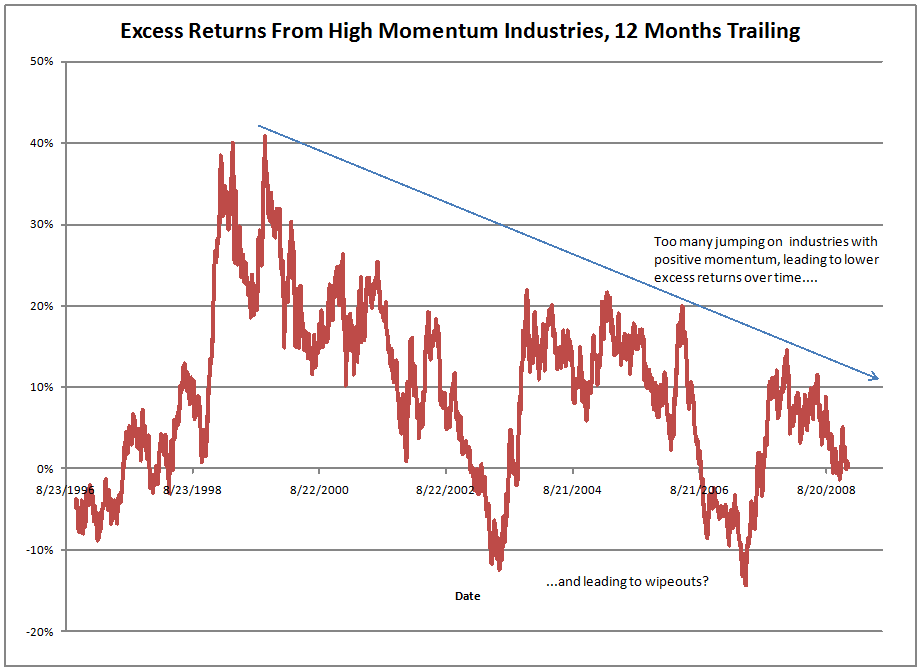Redacted Version of the FOMC Statement
The Federal Open Market Committee decided today to establish akeep its target range for the federal funds rate ofat 0 to 1/4 percent.
Since the Committee’s last meeting, labor market The Committee continues to anticipate that economic conditions have deteriorated, and the available data indicate that consumer spending, business investment, and industrial production have declined.? Financial markets remain quite strained and credit conditions tight.? Overall, the outlook for economic activity has weakened furtherare likely to warrant exceptionally low levels of the federal funds rate for some time.
Meanwhile, inflationary pressures have diminished appreciably. Information received since the Committee met in December suggests that the economy has weakened further.?Industrial production, housing starts, and employment have continued to decline steeply, as consumers and businesses have cut back spending.?Furthermore, global demand appears to be slowing significantly.?Conditions in some financial markets have improved, in part reflecting government efforts to provide liquidity and strengthen financial institutions; nevertheless, credit conditions for households and firms remain extremely tight.?The Committee anticipates that a gradual recovery in economic activity will begin later this year, but the downside risks to that outlook are significant.
In light of the declines in the prices of energy and other commodities in recent months and the weaker prospects for considerable economic activityslack, the Committee expects that inflation to moderate furtherpressures will remain subdued in coming quarters. Moreover, the Committee sees some risk that inflation could persist for a time below rates that best foster economic growth and price stability in the longer term.
The Federal Reserve will employ all available tools to promote the resumption of sustainable economic growth and to preserve price stability.? In particular, the Committee anticipates that weak economic conditions are likely to warrant exceptionally low levels of the federal funds rate for some time.
The focus of the Committee’s policy going forward will beis to support the functioning of financial markets and stimulate the economy through open market operations and other measures that sustainare likely to keep the size of the Federal Reserve’s balance sheet at a high level. As previously announced, over the next few quarters the The Federal Reserve willcontinues to purchase large quantities of agency debt and mortgage-backed securities to provide support to the mortgage and housing markets, and it stands ready to expand itsthe quantity of such purchases of agency debt and mortgage-backed securitiesthe duration of the purchase program as conditions warrant.? The Committee is also evaluating the potential benefits of purchasingis prepared to purchase longer-term Treasury securities.? Early next year, the if evolving circumstances indicate that such transactions would be particularly effective in improving conditions in private credit markets.?The Federal Reserve will also implementbe implementing the Term Asset-Backed Securities Loan Facility to facilitate the extension of credit to households and small businesses. The Federal ReserveCommittee will continue to consider waysmonitor carefully the size and composition of using itsthe Federal Reserve’s balance sheet in light of evolving financial market developments and to assess whether expansions of or modifications to lending facilities would serve to further support credit markets and economic activity and help to preserve price stability.
Voting for the FOMC monetary policy action were: Ben S. Bernanke, Chairman; Christine M. CummingWilliam C. Dudley, Vice Chairman; Elizabeth A. Duke; Richard W. FisherCharles L. Evans; Donald L. Kohn; Randall S. Kroszner; Sandra Pianalto; Charles I. Plosser; Gary H. Stern; and Dennis P. Lockhart; Kevin M. Warsh. and Janet L. Yellen.? Voting against was Jeffrey M. Lacker, who preferred to expand monetary base at this time by purchasing U.S. Treasury securities rather than through targeted credit programs.
Quick Hits
- The ZIRP will continue for a long time, like Greenspan’s ill-considered 1% policy.
- Credit easing will persist.? Lacker seems to want the less complex quantitative easing.
- The Fed will purchase longer duration debt than is ordinarily done.? I will continue to buy mortgages and agencies.
- They are hoping for recovery to begin in late 2009.
- We will not see a normal Fed balance sheet for a long time.


